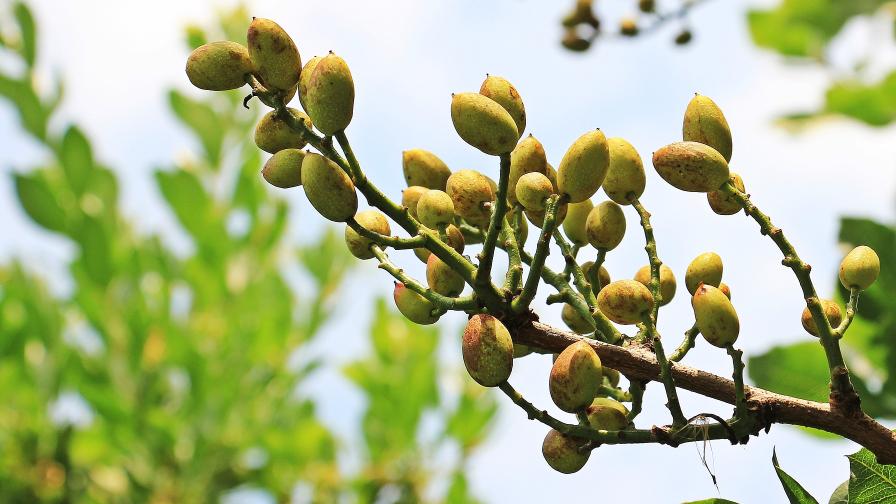Evaluation Shows Fresh Fruit And Vegetable Program Yielding Postive Results
An evaluation released this week by USDA’s Food and Nutrition Service and Abt Associates demonstrates the effectiveness of the Fresh Fruit and Vegetable Program (FFVP) as a public health intervention that positively impacts children’s attitudes and behaviors toward fresh fruits and vegetables.
United Fresh welcomes the evaluation of the FFVP, which demonstrates that it increases children’s consumption of fresh fruits and vegetables, introduces children to a wide variety of new fruits and vegetables, and is very popular with schools, parents, and students.
“We are thrilled that this evaluation confirms what we have seen in dozens of FFVP schools all over the country in the last 10 years. Schools officials, parents, and children always tell us how much they like the FFVP and that it is making a positive difference in children’s lives,” said Dr. Lorelei DiSogra, United Fresh vice president of nutrition & health. “Now we have the evidence that the FFVP, which serves more than 4 million low-income elementary school students every day, is effective and increases their fruit and vegetable consumption at school and at home.”
Key Findings:
• Students increased their fruit and vegetable consumption by 15% when FFVP offered at school.
• The increased fruit and vegetable consumption has especially significant public health benefits since these low-income children have the lowest fruit and vegetable intake and are at risk for poor health outcomes.
• Fresh fruit and vegetable snacks are served three to five times per week in 82% of FFVP schools.
• The FFVP successfully introduces students to a wide variety of fresh fruits and vegetables, from apples, bananas, oranges, carrots, and broccoli to mangoes, pineapples, cauliflower, and snow peas.
• Almost all students tried the fruit and vegetable snacks and a substantial majority ate most or all of snacks provided.
• The increase in fruit and vegetable consumption through the program doesn’t appear to substantially increase calories in children’s diets.
• Students consumed more vitamins A and C, beta carotene, and fiber.
• 90% of FFVP schools provided nutrition education 2.5 times per week.
• 85% of school principals, teachers, foodservice directors, and parents had a very positive opinion of FFVP and want it to continue in their schools.
• 97% of students want FFVP to continue in their school.
• Parents felt that FFVP influenced their child to eat more fresh fruits and vegetables at school and at home.
The evaluation was conducted by Abt Associates in conjunction with the Robert C. and Veronica Atkins Center for Weight and Health at the University of California, Berkeley during the 2010-2011 school year and included a representative sample of 5,560 elementary school students in 252 schools nationwide.









